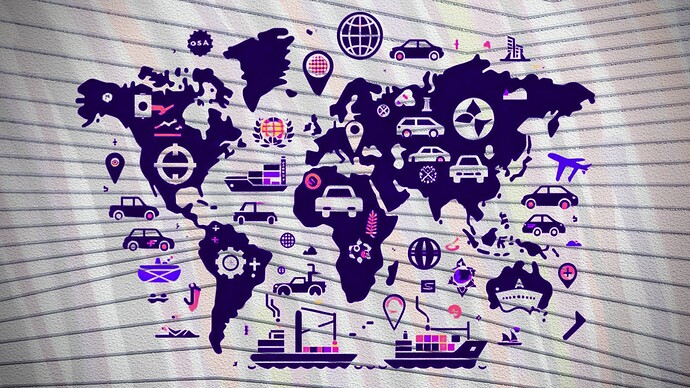
Illustration by Inge Snip
Car manufacturing is the world’s largest manufacturing industry still. And of course, it’s bigger in some countries than in others, especially in countries like Japan and Germany. In these countries, there is strict legislation regarding periodic testing. But they aren’t necessarily there to protect consumers.
In Japan, they have a rigorous periodic testing regime. Essentially, after five years, you must completely rebuild your braking system. Cars are expensive to repair in Japan but cheap to buy. Many people decide they’ll buy a new car after five or seven years, and the old cars are shipped somewhere. The biggest market for those is New Zealand. New Zealand deports between 120 and 150,000 used Japanese cars every year. And again, most ordinary New Zealanders drive those used Japanese cars and keep them going. Some flows go from there into East Africa and the Caribbean. A similar flow goes from South Korea into Russia via Vladivostok.
The reason for these strict rules is purely to protect domestic car manufacturers. That’s the main driver. And that’s also why the German, too, is quite rigorous. And why in Germany you can’t modify cars. That sort of legislation is driven by the car manufacturers under the guise of safety but has very little to do with safety.
In the 1970s, Polish researchers studied how long a car could last by using different materials on behalf of the German government on assessing. They deny all knowledge of it, but Paul Nieuwenhuis has a copy and referenced it in many of his works. The research reckons a car can easily last 25 to 30 years with minor improvements.
So what happens with these cars? How long do they stay on the road? And how could governments move away from protecting the industry and instead protect its citizens in the long run?
Topics to discuss:
-
Case Study: Georgia
-
Longevity of cars: how to keep them running longer